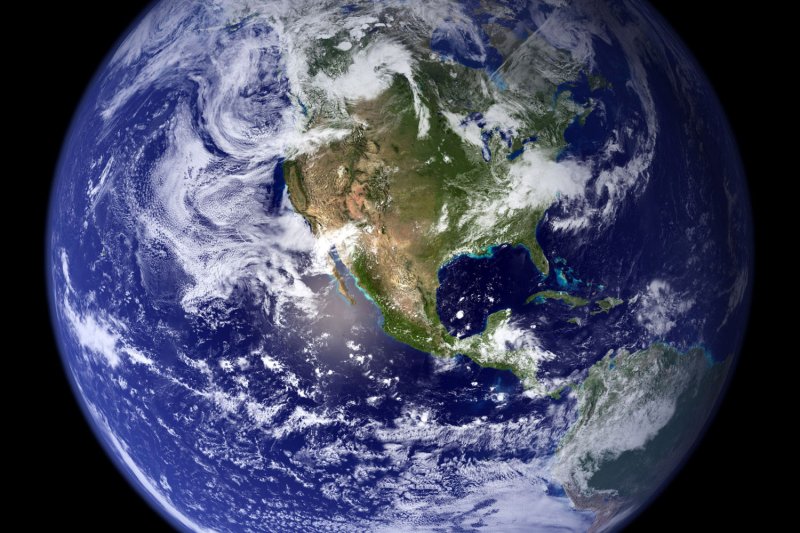BLACKSBURG, Va., July 23 (UPI) -- All it took was a small bump in oxygen levels on young Earth to encourage animals to take their first breaths. The discovery undermines the theory that a large oxygen jump was the primary driver in the evolutionary transition from algae and sponges to whales, sharks and squids.
To gauge ancient oxygen levels, a team of researchers -- led by scientists from Virginia Tech -- measured iron levels and locations in shale deposits, once mud on the floor of young Earth's oceans. Rock samples from all over the world offered scientists clues as to the chemistry of Earth's ancient oceans.















